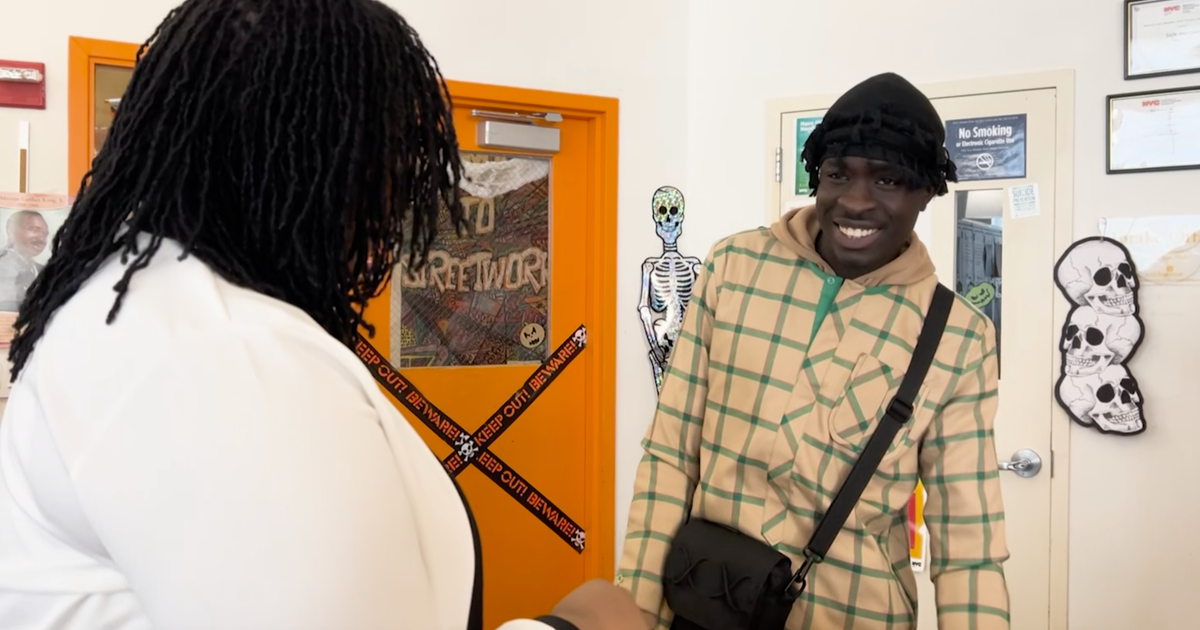New Approach Uses Yoga To Help With Rotator Cuff Injuries
NEW YORK (CBSNewYork) -- There is surprising help for an injured rotator cuff.
You might think it would be surgery or even physical therapy, but it's actually yoga.
Sort of.
As CBS2's Dr. Max Gomez reported Tuesday, the treatment started out with a yoga pose, standing on your head, but it has morphed into something that looks a little different. Either way, surgery is successful but rehab is long and painful.
Here's a simpler way.
First, a little anatomy. The rotator cuff is actually made up of four muscles that stabilize the shoulder and give it amazing range of motion.
Every year more than 2 million Americans seek medical help for rotator cuff pain, often from overuse in sports like tennis or baseball. Or from an acute injury, like what happened to Robert Siclen.
"I got banged up in the service and it started when I got thrown and landed on the shoulder. Then over the ensuing years I was doing things wrong," Siclen said.
MORE: Stem Cells Offer New Hope For Recovery From Rotator Cuff Surgery
The most common rotator cuff injury is a tear in the muscle that helps raise the arm. If physical therapy doesn't help, surgery is often the next step. But Dr. Loren Fishman stumbled on a yoga approach for his rotator cuff pain.
"I was standing on my head afterwards, and when I got up from standing on my head, I realized I could raise my arm up all the way. Beforehand, I could not raise my hand above here to save my soul," Dr. Fishman said.
That led Dr. Fishman to modify the technique for patients like Siclen. It's a form of neuro-muscular re-education, relaxing the torn muscle and training a different muscle to perform the same function.
"We are not healing the muscle," Fishman said. "Instead, what we are doing is finding alternative ways of raising the arm and compensating for the tear in the muscle, by using another muscle to perform its function."
It took Siclen a few lessons, but he said he feels a lot better now.
"When you come out of it, you have to swing your hands up immediately," Siclen said. "But now I have no pain. I have no pain."
Again, this isn't repairing the torn muscle. It's teaching a different muscle to raise the arm, without pain.
Fishman said he's seen nearly a 90 percent success rate with his patients and now he's beginning a clinical trial to prove it's effectiveness in a larger population.




